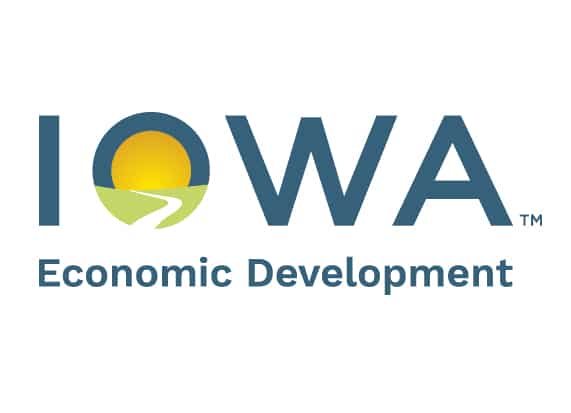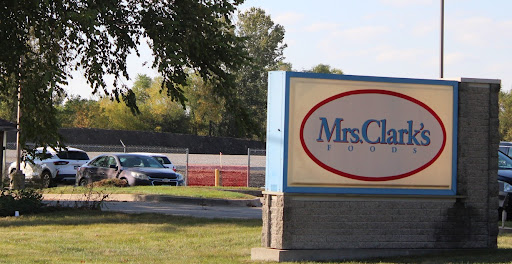Urban Land Institute tempers three-year forecast

BUSINESS RECORD STAFF Sep 30, 2015 | 8:58 pm
2 min read time
499 wordsAll Latest News, Real Estate and DevelopmentReal estate markets should expand at healthy levels through 2017, according to the latest consensus forecast from the Urban Land Institute.
The forecast, which was issued today, was not quite as optimistic as a report earlier this year from the research and policy group.
The report predicts three more years of favorable real estate conditions, with all but five indicators exceeding their 20-year averages. Respondents to a survey predicted that commercial property price growth, equity real estate investment trust returns, rates of return on the National Council of Real Estate Investment Fiduciaries indexes for the four major property types, retail availability rates and single-family housing starts will be worse than their 20-year averages.
“The latest Consensus Forecast has picked up on recent growth concerns and stock market corrections around the world,” survey participant William Maher, director of North American strategy for LaSalle Investment Management in Baltimore, said in a release. “The U.S. economy and real estate markets are in much better shape than most other countries, but global economies and capital markets are increasingly interrelated. Still, the vast majority of indicators in the forecast indicate favorable economic and capital markets in the U.S., as well as moderately strong real estate fundamentals and investment returns.”
Here are other findings:
- Commercial property transaction volume is expected to increase for another two years and then level off at $500 billion by 2017.
- Commercial real estate prices are projected to rise by 10 percent this year, then slow to a 6 percent increase in 2016. Price growth is expected to drop to 4.5 percent in 2017, below the long-term average growth rate.
- Institutional real estate assets are expected to provide total returns of 11.7 percent in 2015, moderating to 9 percent in 2016 and 7 percent in 2017. By property type, returns are expected to be strongest for industrial and retail, followed by office and apartments, in all three years.
- Vacancy rates are expected to continue to decrease modestly for office and retail over all three forecast years. Industrial availability rates and hotel occupancy rate are forecast to improve modestly in 2015 and level off in 2016 and 2017. Apartment vacancy rates are also expected to decline slightly in 2015 but reverse direction and rise slightly in 2016 and 2017.
- Commercial property rents are expected to increase for the four major property types in 2015, ranging from 2 percent for retail up to 4.6 percent for apartments and 4.9 percent for industrial. Rent increases in 2017 in these four types will range from 2.8 percent for retail to 4 percent for office. Hotel revenue per available room is expected to increase by 7.9 percent in 2015 and 4.2 percent in 2017.
Additionally, the Consensus Forecast predicts that single-family housing starts will increase to 745,000 in 2015, 842,000 in 2016 and 900,000 in 2017, but still remain below the 20-year average. Home price increases are expected to moderate to 5 percent in 2015, 4.3 percent in 2016 and 3.9 percent in 2017.Read more










